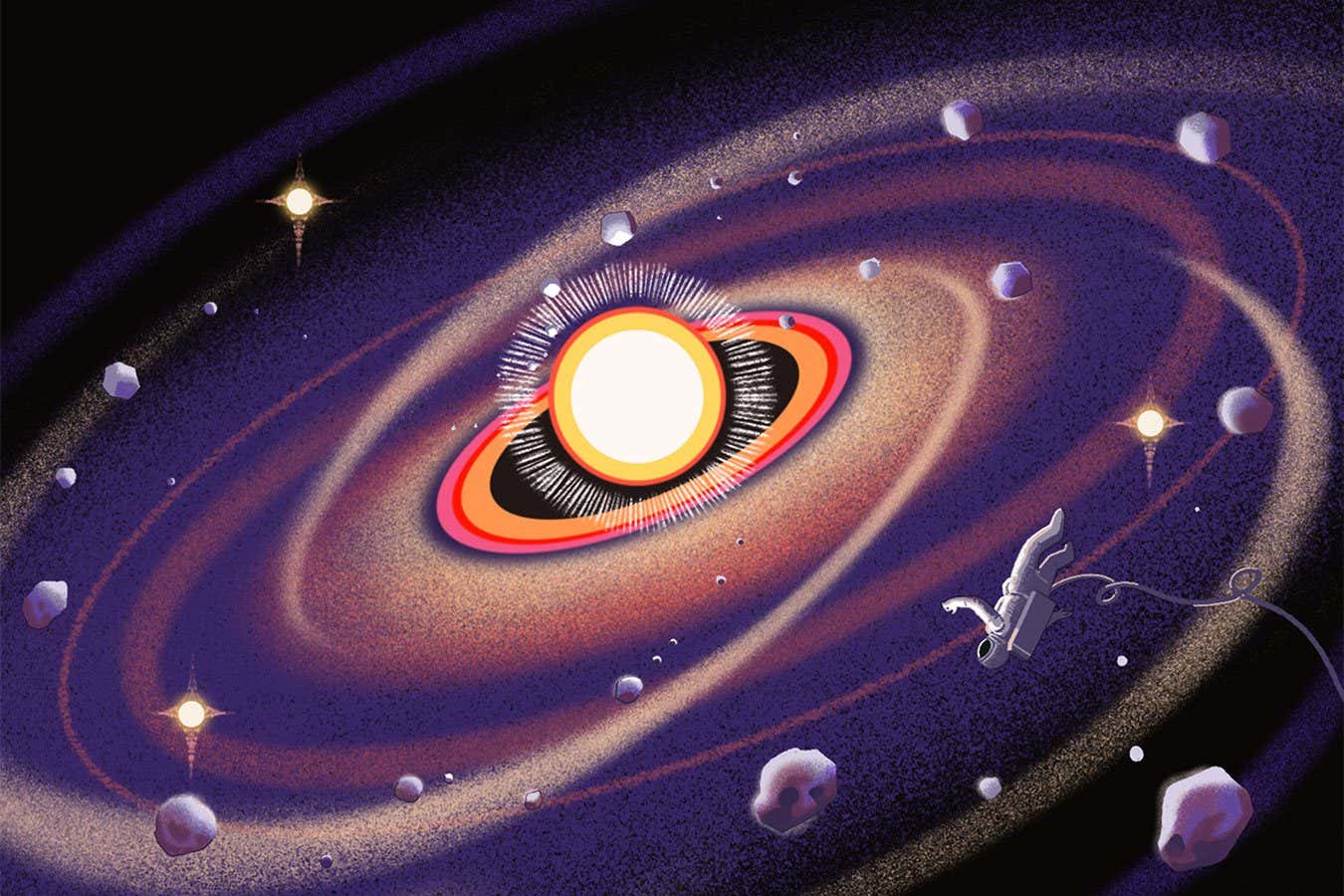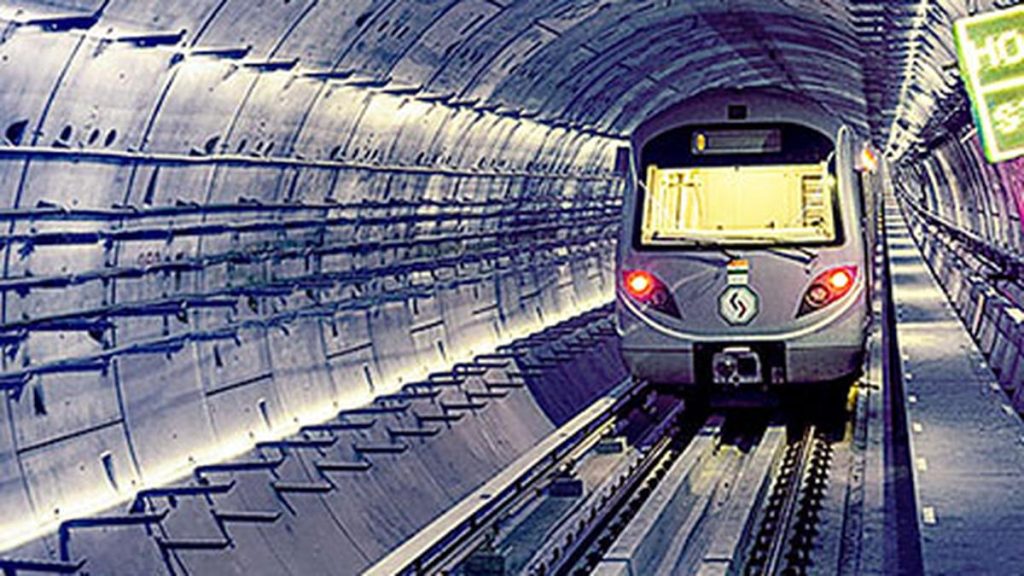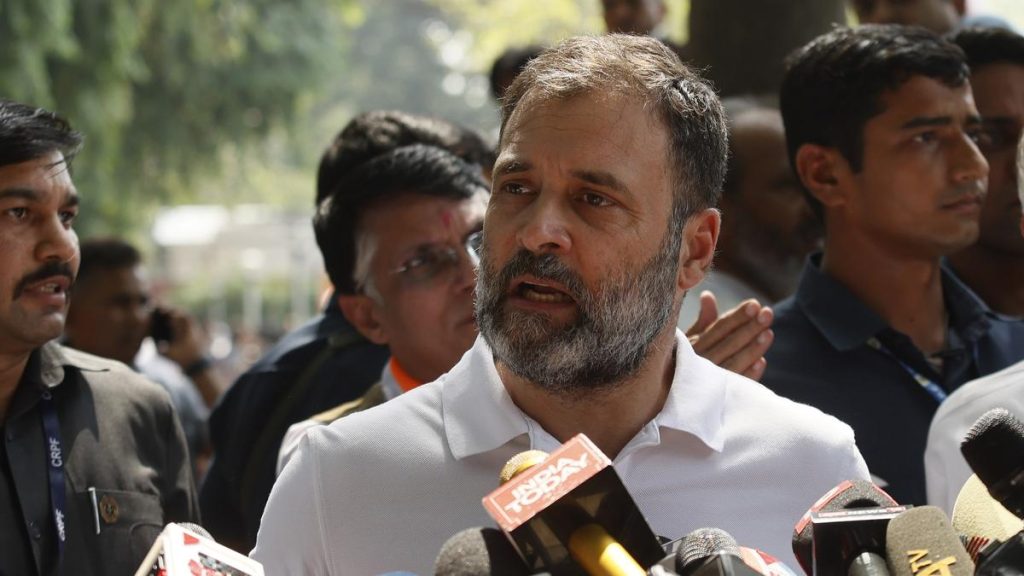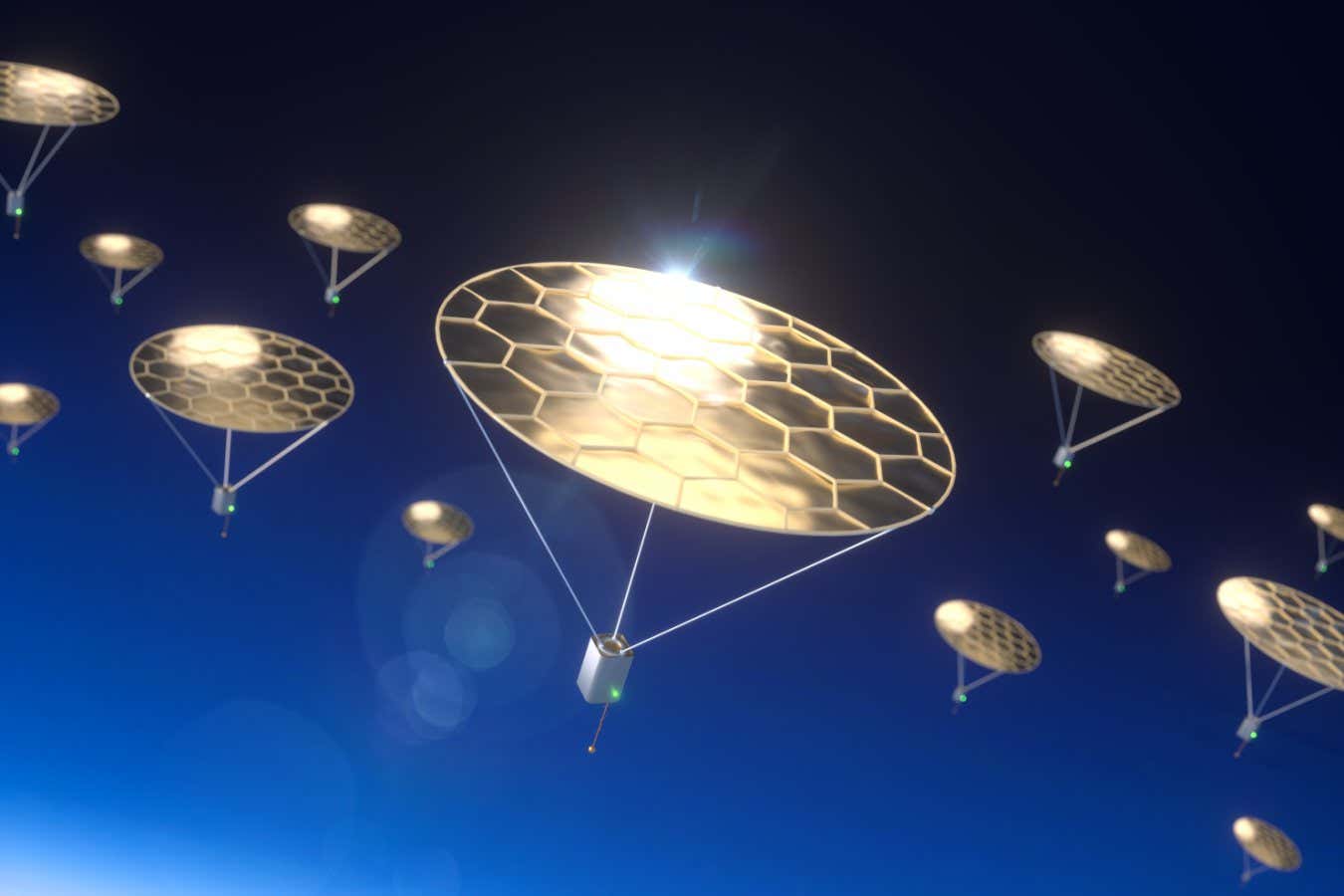Now Reading: 6 Key Moments That Shaped Our Solar System
-
01
6 Key Moments That Shaped Our Solar System
6 Key Moments That Shaped Our Solar System

Quick Summary:
- the article explores six key moments in the life cycle of our solar system, spanning from its formation to a potential end billions of years into the future.
- 4.5 billion years ago: Observations and simulation models suggest how our sun was formed in a stellar nursery, triggered by a nearby supernova. Mystery remains regarding planetary formation and whether there were additional planets initially.
- 3.9 billion years ago: Questions linger about the Late Heavy Bombardment (LHB), traditionally believed to be a violent asteroid bombardment that shaped lunar surface features and possibly brought water to Earth.New evidence challenges its severity.
- 3.5 billion years ago: Mars might have hosted life during its wetter, warmer past based on rover data hinting at rivers and seas during the Late Noachian Period.
- 100 million years from now: Saturn’s iconic rings are predicted to disappear due to “ring rain.” Mars may develop its own ring system as Phobos breaks apart due to gravitational forces.
- 4.5 billion years from now: Possible chaos triggered by flybys of nearby stars could lead Mercury into disarray or collisions with Venus/Earth as planetary orbits destabilize over time.
- 5 billion years from now: As the sun transforms into a red giant, it may burn away inner solar planets like mercury and Venus while far-off icy moons such as Europa could thaw, fostering habitability temporarily.
Indian Opinion Analysis:
The cosmic timeline explored in this piece provides scientific insights that hold profound implications for Earth’s long-term surroundings, humanity’s survival prospects, and interplanetary exploration efforts. For India-a space-faring nation advancing projects like Chandrayaan missions-the study underscores the importance of investing in planetary research and understanding extraterrestrial systems.
The knowledge gained here aligns well with India’s robust space vision under ISRO’s leadership; deciphering past solar mysteries can better equip mankind against future cosmic threats like orbit chaos or celestial disruptions caused by other stars’ gravitation pull projected millions/billions of years later.
Moreover, uncovering Martian climates’ history (once possibly habitable)-echoes existing Indian multi-satellite explorations shaping global interplanetary diplomacy/scientific expertise locally contributes nuanced sustainable life-solving eco framework forward-looking aspirations pivotal globally scale-space)” scenarios considerably Read More Through:https://www.newscientist.com/article/2490570

























